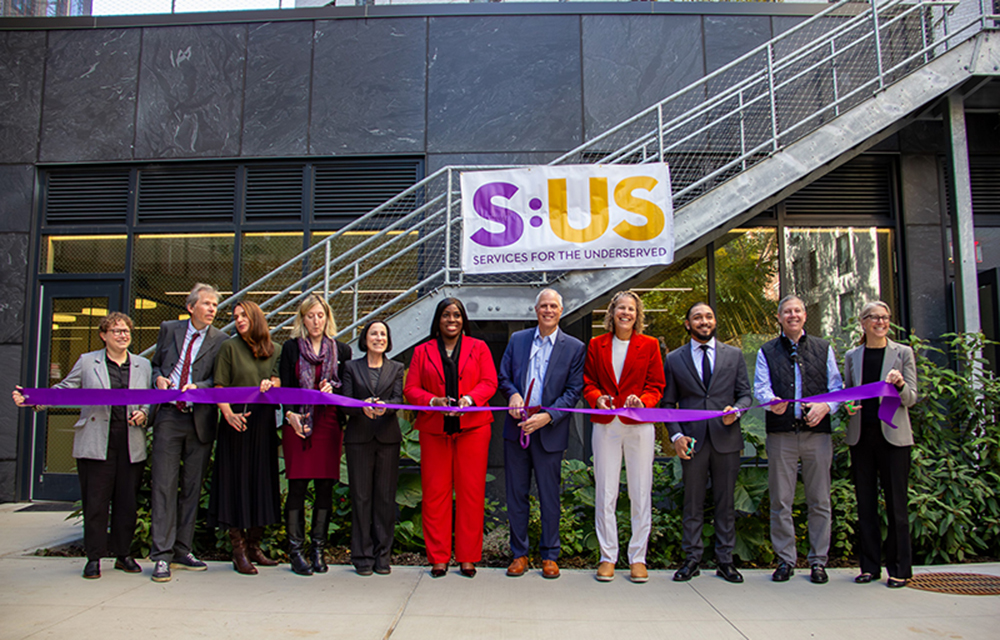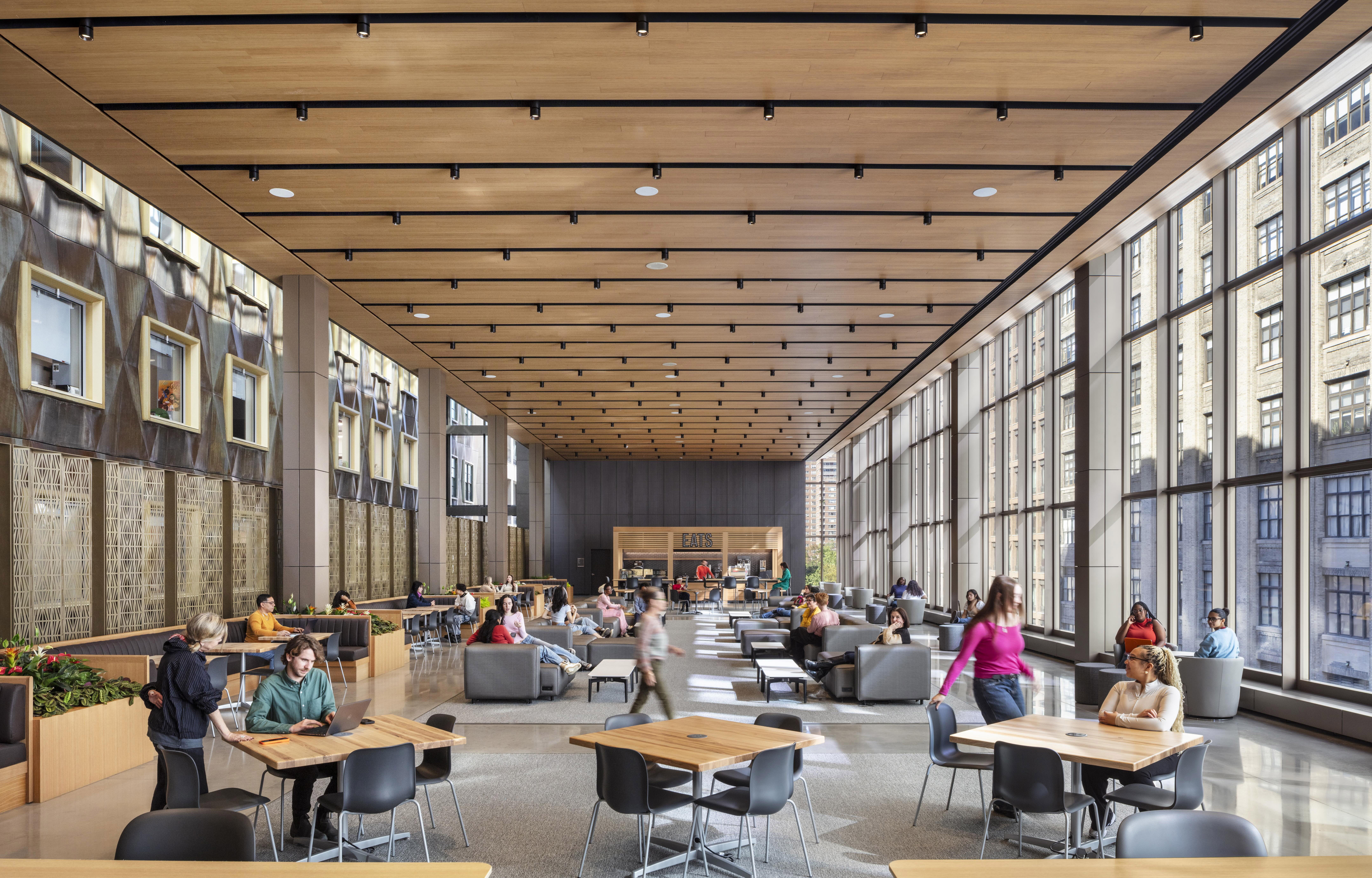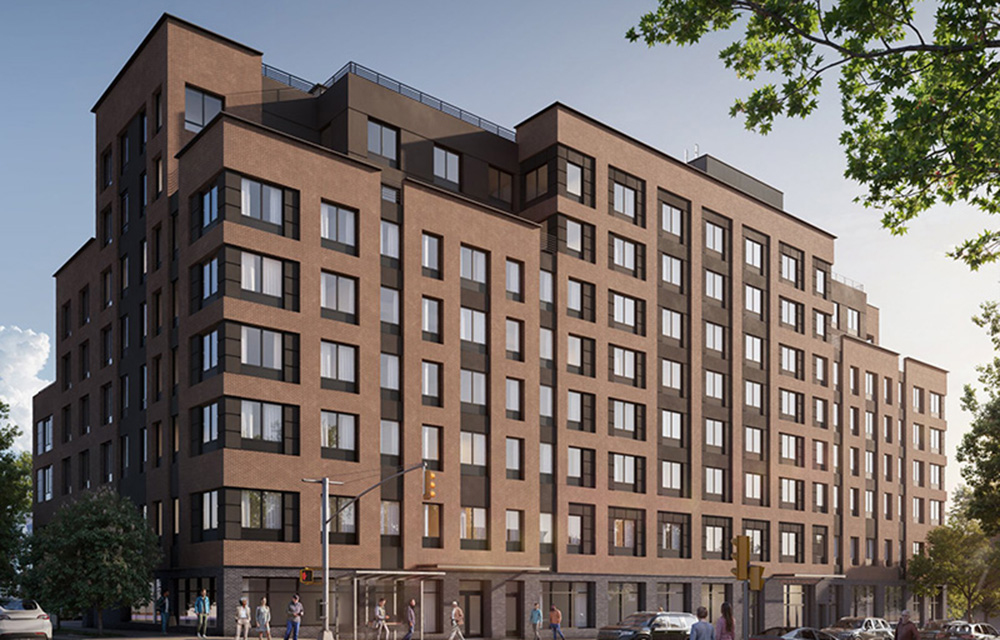Page & Turnbull is preserving historic landmarks while creating universal access
New York, NY This year marks the 30th anniversary of the Americans with Disabilities Act, better known as the ADA, a landmark civil rights law protecting people with disabilities from discrimination and providing for equal access. According to architects at Page & Turnbull, early opposition by preservation advocates to the ADA’s impact on historic buildings has evolved into a success story of architectural improvements—and even a shift in attitude—that makes our cultural resources more available to everyone.
“Today, architects are helping building owners find more creative and innovative ways to modify landmarks to be more accessible without drastic changes or exorbitant costs, thus helping preserve our built legacy,” said architect Todd Smith, AIA, LEED AP, a Certified Access Specialist (CASp) and senior associate with Page & Turnbull, a preservation architect firm that has made historic buildings accessible nationally. “Even when budgets are limited, architects have the tools and technology to address accessibility in previously unimagined ways.”
The pandemic has heightened awareness of the inequities faced by the disabled community—and ADA’s benefits—according to Page & Turnbull architect Elisa Skaggs, AIA reminding us that people with disabilities have greater difficulty achieving equality in employment, education, transportation, and even in recreation, such as the historic cabins in National Parks. Many such historic structures have longstanding barriers such as stairs, small elevators and narrow corridors, or inaccessible restrooms.
Page & Turnbull’s much-lauded work with historic buildings employs clever designs, sensory materials, and integrated technologies to improve access to Grand Canyon National Park, the pop-up Museum of Ice Cream in San Francisco, the Glendora (Calif.) City Hall, Stanford University’s Roble Hall Dormitory, and the Sacramento Valley Station and Depot, among others. Many have faced stiff opposition from ardent preservationists.
Universal design, the design approach allowing use by literally all, has been the goal of Page & Turnbull Works. The Walt Disney Family Museum, adapted from a historic military barrack with views of the Golden Gate Bridge, allows every visitor—walking, on wheels or otherwise—to follow the same discovery path through the museum, including along a ramp linking two floors of the main exhibit hall.
Page & Turnbull’s impact has not gone unnoticed. In a recent panel discussion and an article in the current issue of Future Anterior, Wanda Katja Liebermann highlights design leadership by Page & Turnbull’s Skaggs on a controversial ADA ramp created for the Board of Supervisors’ chamber in San Francisco City Hall. An assistant professor of architecture at Florida Atlantic University, Liebermann has shown how “politicization of access through the idea of lost architectural heritage reframes access as optional, suspending (indefinitely) the implementation of civil rights.”
Page & Turnbull’s work offers “new perspectives on human impairment, which helps reimagine the reconstruction and maintenance of the built past,” as the panel at Columbia University framed the topic.
Landmarks of Access Rights
“When presented with the challenge of providing access to historic buildings, we look for solutions that integrate accessibility with dignity and that preserve the character of the building,” says Page & Turnbull’s Skaggs. “This was the case at City Hall, where a curved ramp was seamlessly woven into the space and allowed disabled politicians equal access to the dais in the Board of Supervisors’ Chamber.”
Smith adds that while the ADA is the best-known law, the history of civil rights legislation for those with disabilities is even older. The Architectural Barriers Act enacted in 1968 covered all federal Projects, and prior to ADA the state of California made public buildings — and even privately funded buildings — accessible in 1970, while the Fair Housing Act made much new housing accessible before 1990. Some of the first curb ramps and citywide accessible routes appeared in Berkeley, Calif., home to the Center for Independent Living, a group formed in 1972 and now widely seen as a leader in the access rights community. “What is interesting,” says Smith, “is that those buildings integrating the first accessibility standards are now becoming historic, too.”
Troutbrook expands with boutique condo project and Marriott Fairfield Inn & Suites renovation








.gif)
.jpg)

.gif)